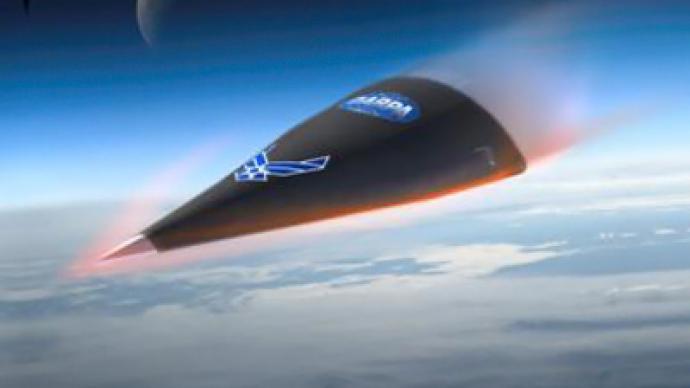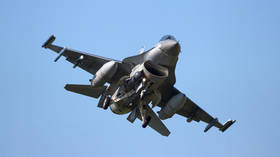Pentagon sinks fastest aircraft ever

The US Defense Advanced Research Projects Agency (DARPA) put an experimental aircraft into the sky today, and though the mission didn’t pan out exactly as planned, today’s flight signaled what’s to come in military machinery.
The Falcon Hypersonic Technology Vehicle-2 is an unmanned, rocket-launched aircraft that is capable of traveling at 20 times the speed of sound. It moves at around 13,000 miles per hour, and could get from New York to Los Angeles in only 12 minutes flat.That, of course, is once DARPA gets the kinks worked out.Today’s flight originally went off without a hitch, but 37 minutes into its voyage, officials tweeted that they had lost contact with the Falcon. DARPA later added that “downrage assets did not reacquire tracking or telemetry” and suggested that the aircraft might engage its “autonomous flight termination” capability. Before long, however, the agency added that the craft was back on track and set to plunge into the ocean.The US military began work on the Falcon back in 2003 in hopes of creating an aircraft that could be anywhere internationally within an hour. Of course, why the military would need to be anywhere, in the sky, that quickly, could be considered catastrophic for all of mankind, but a completed Falcon free of glitches and bugs won’t be ready any time soon. Meanwhile, the US military has dubbed that ability to be anywhere, anytime a “Conventional Prompt Global Strike," or CPGS.So far over $300 million has gone into the aircraft, which is expected to be ready for production in 2025.Last year DARPA put the Falcon in the air for the first time, but what many speculate to be a temperature problem caused the craft to not fly as planned. After 139 seconds at nearly 17,000 miles an hour, the plane’s safety mechanism signaled it to swoop into the ocean.The Pentagon is working alongside DARPA in the development of the Falcon, eager to create an aircraft that can strike enemy targets quicker than modern missiles.














